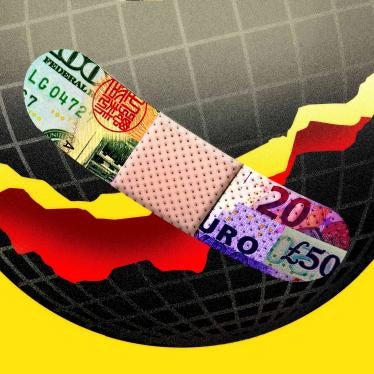Starting today, Tiffany and Co. will begin sharing the origins of its diamonds with its customers, setting a new level of transparency among large jewelry retailers. As part of this welcome initiative, all of Tiffany’s stores will now provide the country or region of origin for all newly-sourced diamonds above .18 carat. It’s now time for others in the industry to do the same.
Transparency is the first step to improve human rights in a supply chain. When I shop in my local grocery store, I know where most items come from. Right now, it carries bananas from Colombia, tomatoes from Mexico, and salmon from Norway. But if I go to a jewelry store to buy a piece of diamond jewelry worth far more than a bunch of bananas, almost no one can tell me where the diamond comes from.
The diamond industry has long been extremely opaque about the source of their diamonds. Mining companies may source diamonds from multiple countries, but not tell their clients where specific stones come from. Why does it matter? While reputable mining and jewelry companies have taken steps to avoid selling “conflict diamonds,” diamonds may be tainted by other abuses, including displacement, forced or child labor, and environmental harm. According to the US Department of Labor, for example, diamonds from seven African countries may be mined with child or forced labor. Diamonds from Zimbabwe may be linked to torture, beatings, harassment, and forced relocation. A thoughtful consumer is unlikely to want to buy a diamond mined under such conditions.
Last year, Human Rights Watch launched a campaign, #BehindtheBling, challenging the jewelry industry to ensure its gold and diamonds are responsibly sourced. Since we began the campaign, several companies have taken steps to be more transparent and improve their sourcing practices. Tiffany’s announcement is another step forward, and we encourage others, particularly diamond mining companies, to provide their clients with information on the origins of the diamonds they sell.










